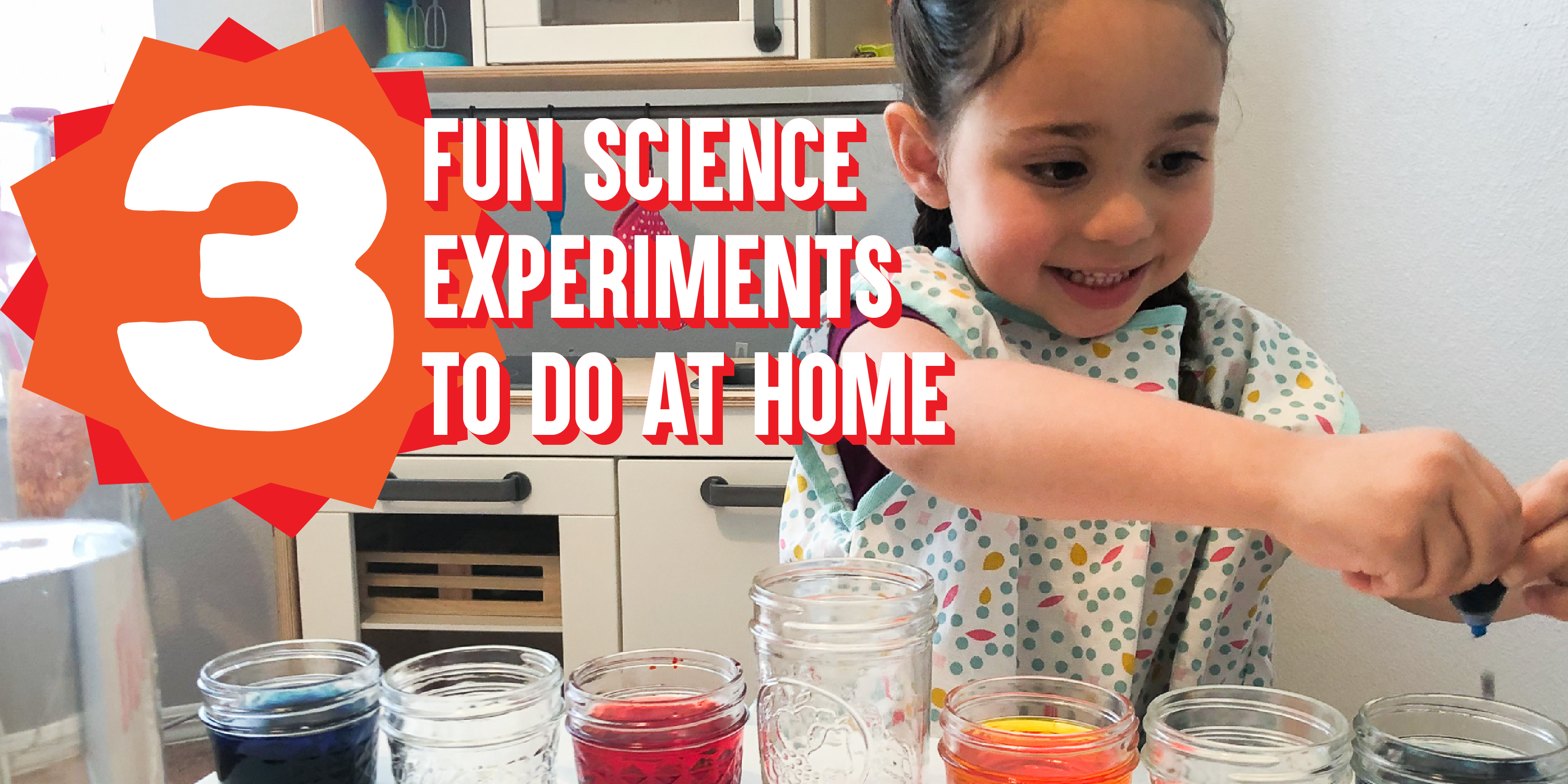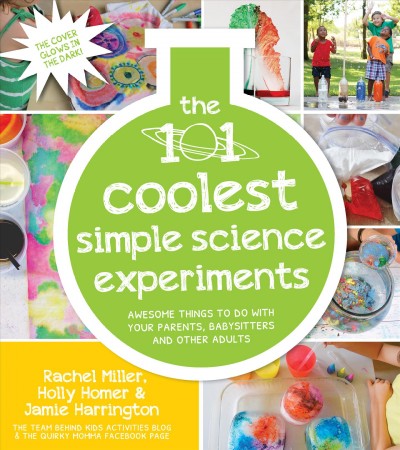Science is an essential tool for understanding how the world works. It is the process of analyzing data through experimentation and predictions. It can also give a middle school student the ability to make a paper-mache volcano that can spew vinegar, baking soda, and food coloring all over a nice kitchen floor. In this article, I will not provide knowledge on how to accomplish this specific scenario, but I will give three science experiments that you perform with children, teens or other adults. Warning! Experiments could be too much fun for the average person to handle!
Create Your Own Crystal Mountain! (Children)
Supplies Needed:
½ Cup of Hot Tap Water
1 Clean Jar with a Lid
2 ½ Tablespoons of Alum (Available in the spice section of your grocery store)
Spoon
Food coloring (optional)
Experiment:
Pour the hot tap water into a clean jar with a lid. Slowly add the alum, stirring until it eventually dissolves in the water. Add a few drops of food coloring to make the experiment extra special. Put the lid on the jar and wait up to three or four days. You’ll have crystals growing in your jar as each day passes by. Witness the power of molecular nucleation!
Homemade Lava Lamp! (Teens)
Supplies Needed:
Clear Container or Bottle
Vegetable Oil
Water
10 Drops of Food Coloring
Small Cup
Knife
Alka-Seltzer Tablets
Experiment:
Fill the clear container three-fourths of the way with vegetable oil. Mix water and food coloring together in a small cup. Add the water and food coloring to the oil bottle, leaving about 1 to 2 inches of air space at the top of the container. Wait a few minutes for the water and oil to separate. Using a knife, cut an Alka-Seltzer into three or four pieces. Drop one piece into the oil bottle. To continue the effect, keep adding pieces. You should have drops within the oil bottle floating up and down. If you’re feeling groovy and cool, don’t worry. That’s normal.
Magnetic Copper Train (Adults)
Supplies Needed:
10 Feet of Uncoated Copper Wire with 20-Gauge Thickness (Available at department or hardware stores)
Thick Marker of Any Color
6 to 8 Disk-shaped Neodymium Magnets (Available at department or hardware stores)
AAA batteryExperiment:
Wrap the copper wire around a marker until it becomes giant slinky. Remove the marker. Separate the magnets into two piles. Hold the magnet piles tightly in different hands, and then move the magnets closer to each other. If the magnets start to move toward each other, flip the stacks over and move your hands together again. Make sure the magnets are repelling each other.
Place the battery in the middle of the two stacks of repelling magnets. Lay the copper slinky on a flat surface and put the battery train into the tube. If the battery does not go through, make sure the slinky does not have any gaps or bends and flip the battery around. Congratulations! You now have a makeshift train!
All these experiments were taken by The 101 Coolest Simple Science Experiments by Rachel Miller, Holly Homer and Jamie Harrington. If you would like to check out other wonderful books like this and discover great scientific experiments, be sure to check out the OCLS catalog! If you have any other science experiments that you would like to share, comment in the comments section down below!


